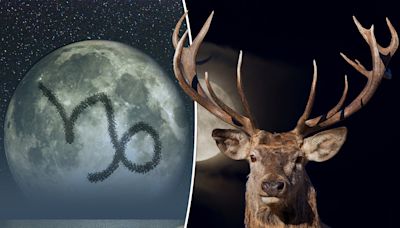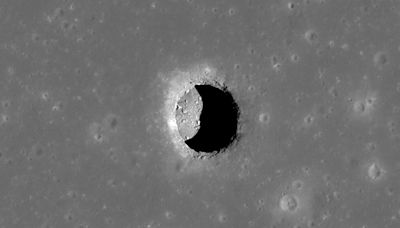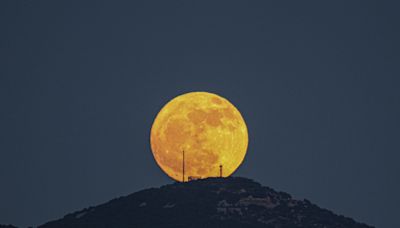Search results
The Moon is Earth's only natural satellite. It orbits at an average distance of 384,400 km (238,900 mi), about 30 times the diameter of Earth.
1 day ago · Near the moon’s equator, temperatures reach a blistering average of 250 degrees Fahrenheit (121 degrees Celsius) in daylight and plummet to minus 208 F (-133 C) at nightfall, according to NASA ...
Earth's Moon is the brightest and largest object in our night sky. The Moon makes Earth a more livable planet by moderating our home planet's wobble on its axis, leading to a relatively stable climate. It also causes tides, creating a rhythm that has guided humans for thousands of years.
3 days ago · Moon, Earth’s sole natural satellite and nearest celestial body. Known since prehistoric times, it is the brightest object in the sky after the Sun. Its name in English, like that of Earth, is of Germanic and Old English derivation.
Sep 7, 2023 · The Moon is Earth’s only permanent natural satellite, and it’s the fifth-largest satellite in our solar system. The Moon’s diameter is approximately 2,160 miles (3,475 kilometers), or about...
As the Moon orbits Earth, different parts are in sunlight or darkness at different times. The changing illumination is why, from our perspective, the Moon goes through phases. During a "full moon," the hemisphere of the Moon we can see from Earth is fully illuminated by the Sun.
2 days ago · 0:40. A group of scientists unearthed a rare discovery about the moon: There's at least one cave and it could house humans. The cave was discovered through radar images from NASA's Lunar ...
The brightest and largest object in our night sky, the Moon makes Earth a more livable planet by moderating our home planet's wobble on its axis, leading to a relatively stable climate. It also causes tides, creating a rhythm that has guided humans for thousands of years.
Jul 9, 2024 · Earth has just one moon – a rocky, cratered place, roughly a quarter the size of Earth and an average of 238,855 miles away. The Moon can be seen with the naked eye most nights as it traces its 27-day orbit around our planet.
Mar 14, 2012 · NASA | Tour of the Moon. Although the moon has remained largely unchanged during human history, our understanding of it and how it has evolved over time has evolved dramatically. Thanks to new ...






